Wine Enthusiast |
| Do Low-Yield Vines Really Make Better Wines? Posted: 16 Aug 2021 05:00 AM PDT  Low-yielding vines might sound appealing to those who associate scarcity with desirability, but less isn’t always more in wine. Increasingly, scientists and winemakers say that each vineyard should be evaluated by its own range of attributes. These factors contribute to its ability to support low- or high-yielding grapevines. French RootsThe idea that low-yielding wines are better can be traced as far as Roman poet Virgil. The notion is written into French Appellation d’Origine Contrôlée laws, where yields are measured in terms of weight per acre. In Bourgogne, for example, each appellation has different "maximum-base yield," rules that can be adjusted up to 20%, if climatic conditions call for it. Base yields in grand cru reds are 35–37 hectoliter (hl) per hectare (ha; approximately 2.471 acres); grand cru whites are 40–64 hl/ha; premier cru reds are 40–45 hl/ha; premier cru whites 45–68 hl/ha; village appellation reds 40–45 hl/ha; village appellation whites 45–47 hl/ha. For consumers, the price difference between a village appellation red and a grand cru is often several hundred dollars. "This is one of the most highly contentious misunderstandings that, until very recently, hasn't been debunked by winemakers," says Keith Wallace, the founder, winemaker and sommelier of the Wine School of Philadelphia. "It's a case of there being a little truth to it, especially in places like Burgundy and Priorat, where the soils are poor and the pH is way too high or low. In those cases, low-yield growing methods make sense, but it became a kind of cult that was applied in completely different terroirs across the world." The idea that less fruit would lead to tastier, more focused wine seems to make sense on an instinctive level, and thinning fruit to reduce yield became a standard farming practice across the world. Well-respected oenology programs taught students that it was the best route to great wine. "When I was at [University of California-Davis] in the late '90s, all of the teachers preached the gospel of low yield, but that is absolutely not the case anymore," says Wallace. In Napa, where a lot of UC-Davis grads find careers, "the soil is fertile, and you need more tonnage per acre for them to achieve full ripeness. In the early [2000s], there was a real movement among winemakers and winery owners to push back." 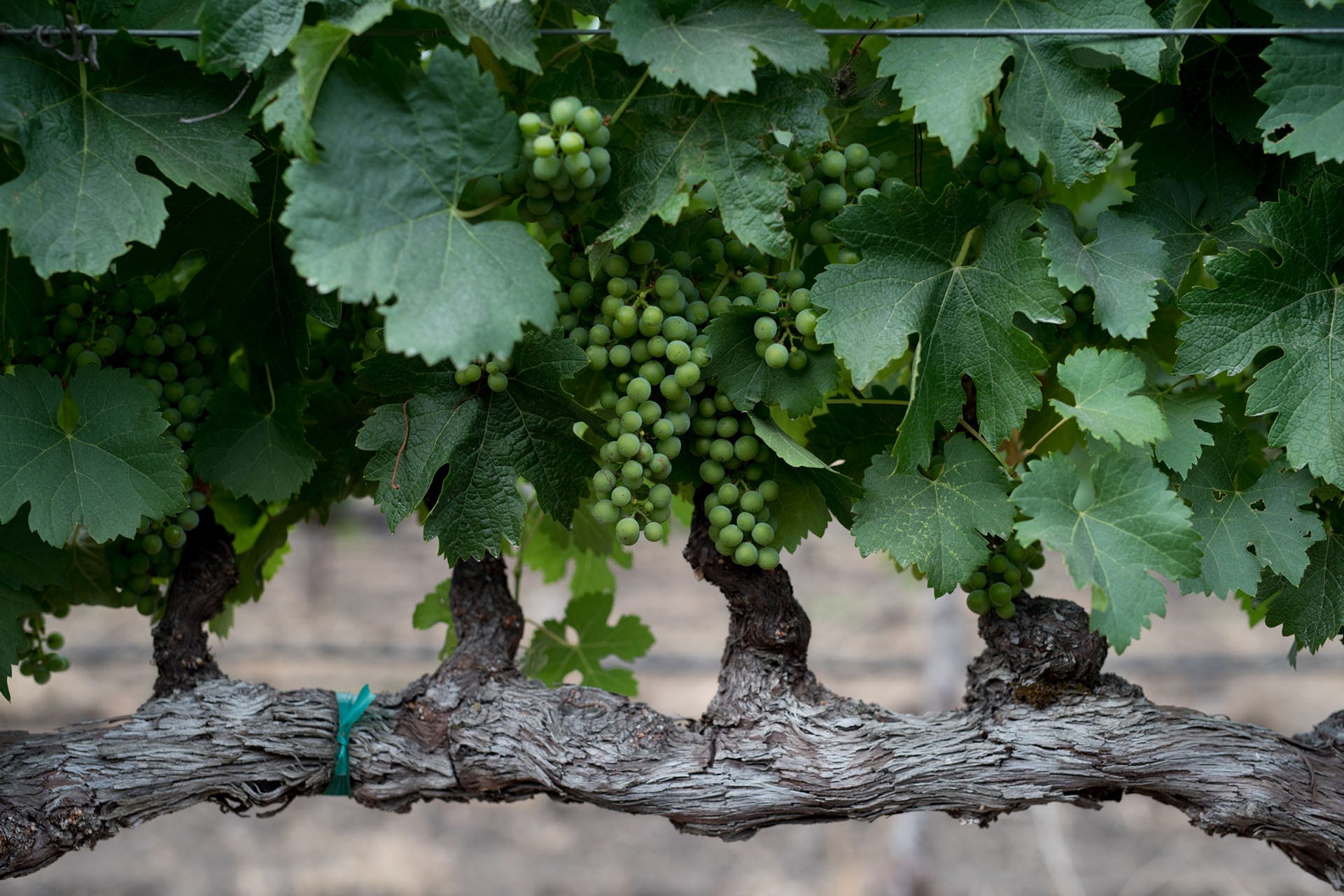 California RebootSoil types, growing conditions, elevation and the grape varieties being grown can change a winery's calculations, says Dan Petroski, winemaker at Massican Winery, who also served as winemaker at Napa's Larkmead Vineyards for over 14 years. "There was definitely a shift in California away from the low-yield philosophy," says Petroski. "There used to be almost a formula to make a wine rated 95 or above by Robert Parker. You'd hire Heidi Barrett as a consultant, and you'd definitely want less than three tons an acre. In Robert Benson's Great Winemakers of California, published in the late '70s, all of the greats—Paul Draper of Monte Bello and Ridge, and Joe Heitz—talked about how important low-yield is." Even now, he says that in every contract between grower, there are clauses on sugar and yield. But as climate change accelerates, Petroski sees that changing. "It's really finding the balance between quality, flavor and yield, and it's getting more complex," he says. "The summers here don't end until Thanksgiving, and the heat spikes later in the growing season can dehydrate the grapes too quickly. If grapes close to harvest lose 15% of their weight suddenly, the yield will be way down, but so will the quality. We can artificially rehydrate those grapes, but that can lead to diluted flavors." In 2020, while at Larkmead, Petroski experimented with grape thinning. "We took one block and gave half [of them] two grape clusters per shoot, and another just one [cluster], thinking that the one-cluster grapes would produce more intense color, sugar levels and flavors," says Petroski. "We stopped irrigation after veraison [the onset of ripening in grapes]. But the vines just seemed to acclimatize to the long and extreme heat of the year, and the lower-yield block wasn't that different from the higher-yield block." The vineyard team found that it was better to simply put up shade cloth around the grapes. About 90 of Larkmead's 110 acres get shade cloth, and the team found the system produces results expected of low-yielding vines: greater concentration, balance and complexity. 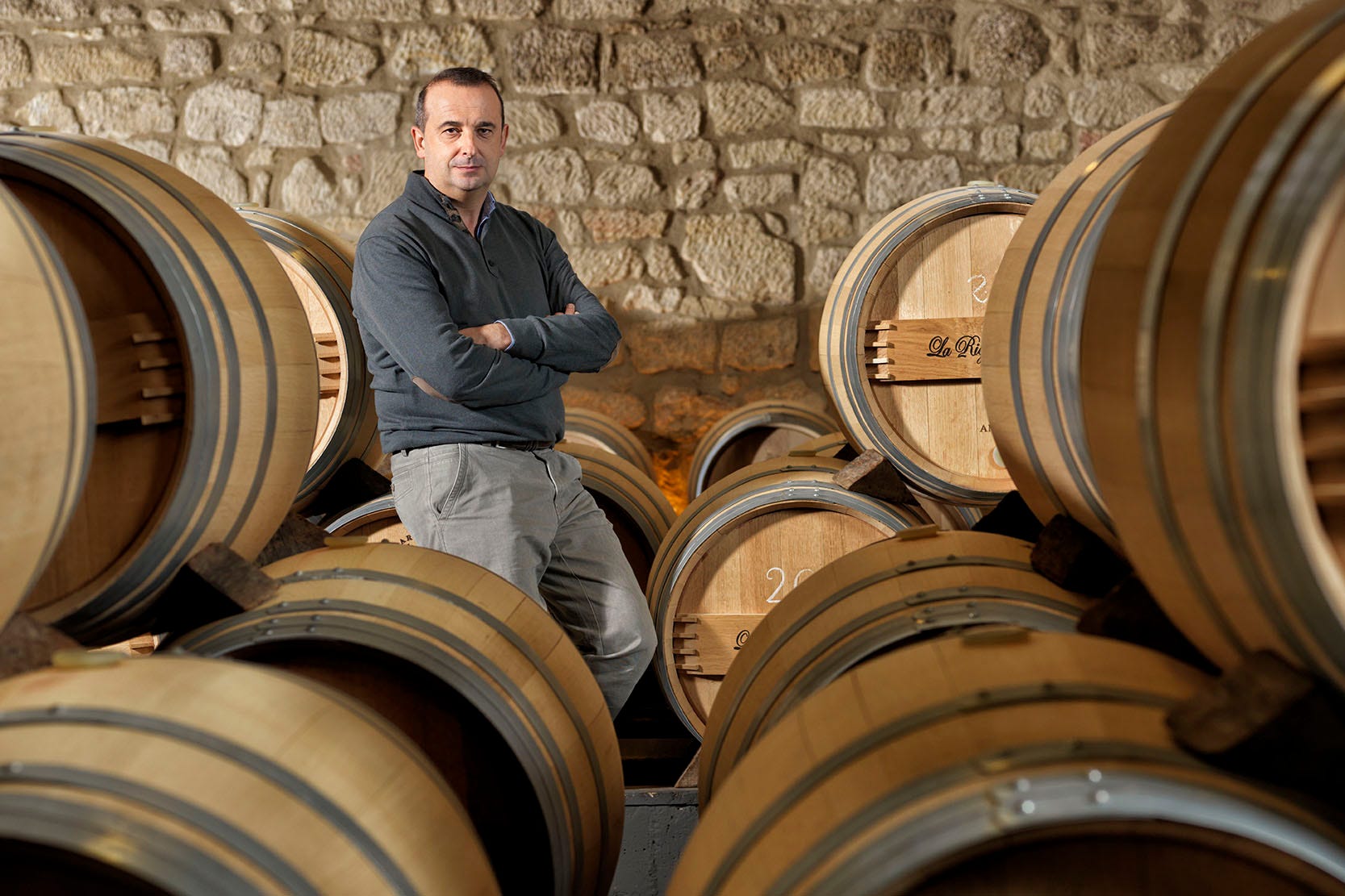 Finding the BalanceAt La Rioja Alta, Winemaker Julio Saenz says the producer's approach to farming the same grapes differs between Rioja and Ribera del Duero. "We have different yield goals, depending on the terroir," says Saenz. "For Garnacha in Rioja, you need a much lower yield for high-quality wines. But in Ribera del Duero, with different soils, elevations and weather conditions, our production levels can be much higher." If the goal is good wine, Saenz says, each vineyard's terroir and grape variety must be considered. Jesse Katz, founder and winemaker of Aperture Cellars, believes that some sites require lower yields to make truly great wines, but he argues it's just as often not the case. 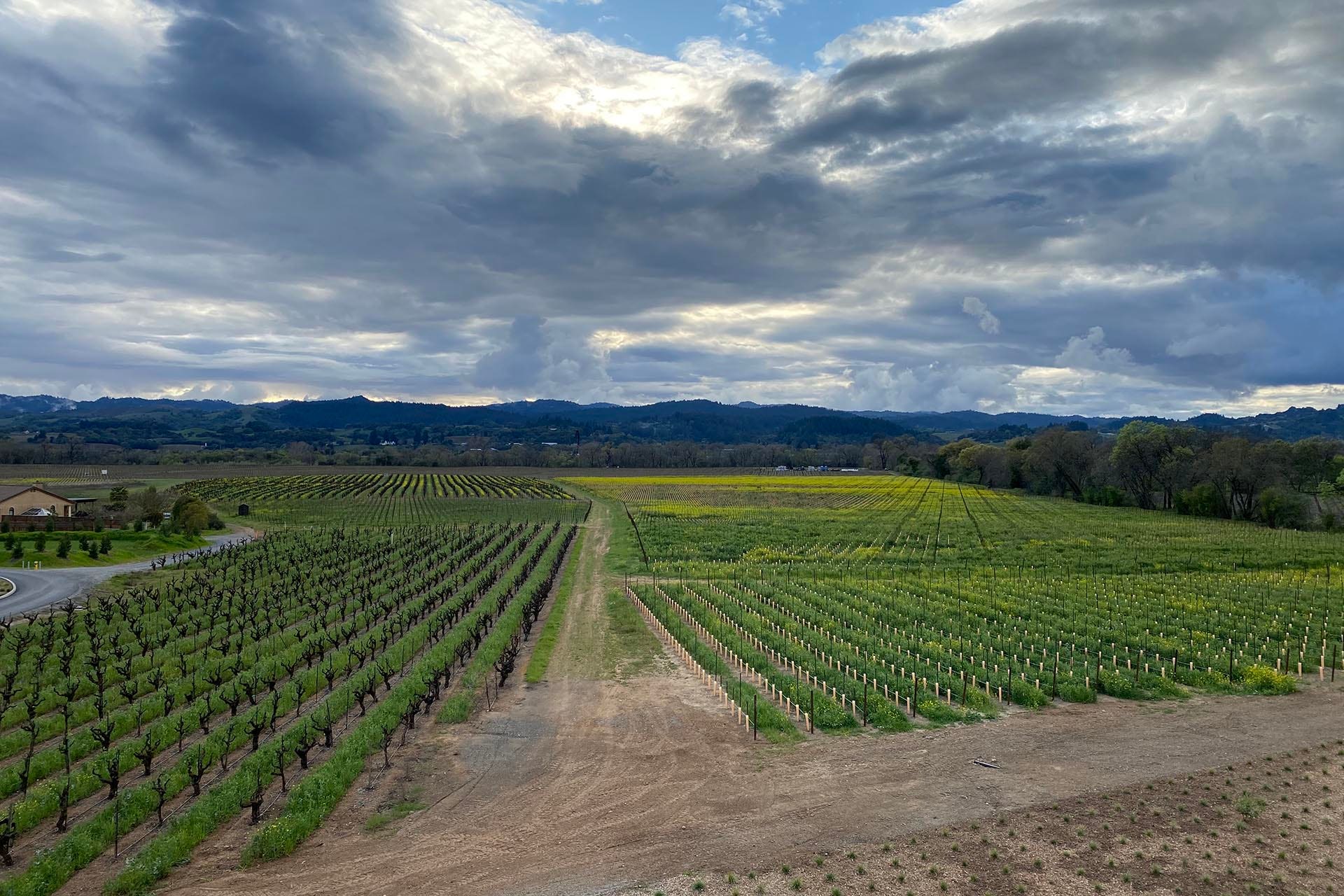 "[On sites] where the soils have a hard time drying and richer-nutrient soils, a much larger vine and canopy will be created," says Katz. "This site will often make better wine if you hang more fruit per vine to help the vine put more energy. In this case, higher yields may actually mean higher-quality wines." In the end, you just have to know the vineyard, experiment and base your farming philosophy on evidence, not hearsay, says Petroski. "Low yield is not a silver bullet. Just ask Larry Hyde, who makes the best Chardonnay on the North Coast, and gets maybe five tons an acre, whereas others right around him get three." And don't necessarily believe the hype if the next bottle of wine you grab touts its low-yielding vineyards. Similar to terms like "sustainable," or "clean," there are no laws that regulate its use. "Low yield" is often deployed as a marketing term. "Unfortunately, a lot of winemakers still talk about having low-yield vines, even though they know it's meaningless," says Wallace. "Sommeliers and wine marketers just haven't caught on to the idea that it doesn't matter in every region. And most wine consumers just accept it as fact." |
| Climate Change, Fermented Blueberries and Wine’s Existential Quandary Posted: 16 Aug 2021 04:21 AM PDT  In 2020, winemakers in Oregon, California and Washington were pummeled by deadly wildfires that tore through vineyards and destroyed neighborhoods. These fires also impacted grape ripening, due to the thick smoke and clouds that blacked out the sun, and some fruit was affected by guaiacol, a smoke taint compound that brings out an ashy, smoky flavor during fermentation. Winemakers attempted to press these grapes quickly to avoid skin contact, where much of the smoky flavor is believed to be held. Despite these efforts, producers still face questions about how to protect their grapes from rising temperatures, intense drought and smoke taint. And so, a growing number of winemakers now turn to fruits other than grapes in hopes of creating more sustainable business model.  Rosalind Reynolds, winemaker at Emme Wines in Sebastopol, California, has watched fellow producers turn to apples and pears as they fight the effects of wildfires. "Apples and pears do not suffer the same smoke taint, or at least, no one I have talked to has yet to experience it," says Reynolds. "Whether due to their waxy, thick skins, or some biochemical difference in their juice and flesh, the volatile phenols that we associate with smoke taint don’t show up aromatically in apple or pear juice, nor in the resulting ciders. "So, while grapes grown in a smoky, wildfire climate can become unusable for wines, due to smoke taint aromas and flavors, apples and pears grown in that same smoky climate remain untainted and perfectly delicious." Olivia Maki, owner of Redfield Cider in Oakland, California, is excited for the push toward apples as a hardier product. "Thinking about smoke taint and climate change, there were so many folks in California who had to throw away a lot of grapes these last couple of years," says Maki. "Apples are a lot less susceptible to smoke taint. Winegrowers are starting to talk about planting new varieties of grapes that might be better for hotter weather or might ripen faster. They're also starting to think about alternative fruits to ferment, and apples are one of them." In Maine, wineries like RAS and Bluet have turned to wild blueberries, which can produce a terroir-driven product. "Wild blueberries sure are climate-hardy, otherwise they wouldn’t have survived over the past 10,000 years," says Joe Appel, winemaker at RAS. "That’s one of the benefits of working with a wild fruit that has grown up in harmony with the soil, water and climate that surround it, rather than a cultivated fruit. Their adaptability is extraordinary." Still, he says, no agricultural product is immune to the effects of climate change. “I’m sure there is a breaking point, and if the arc of humans’ effects on climate continues at this rate, we might reach it sooner rather than later," says Appel. 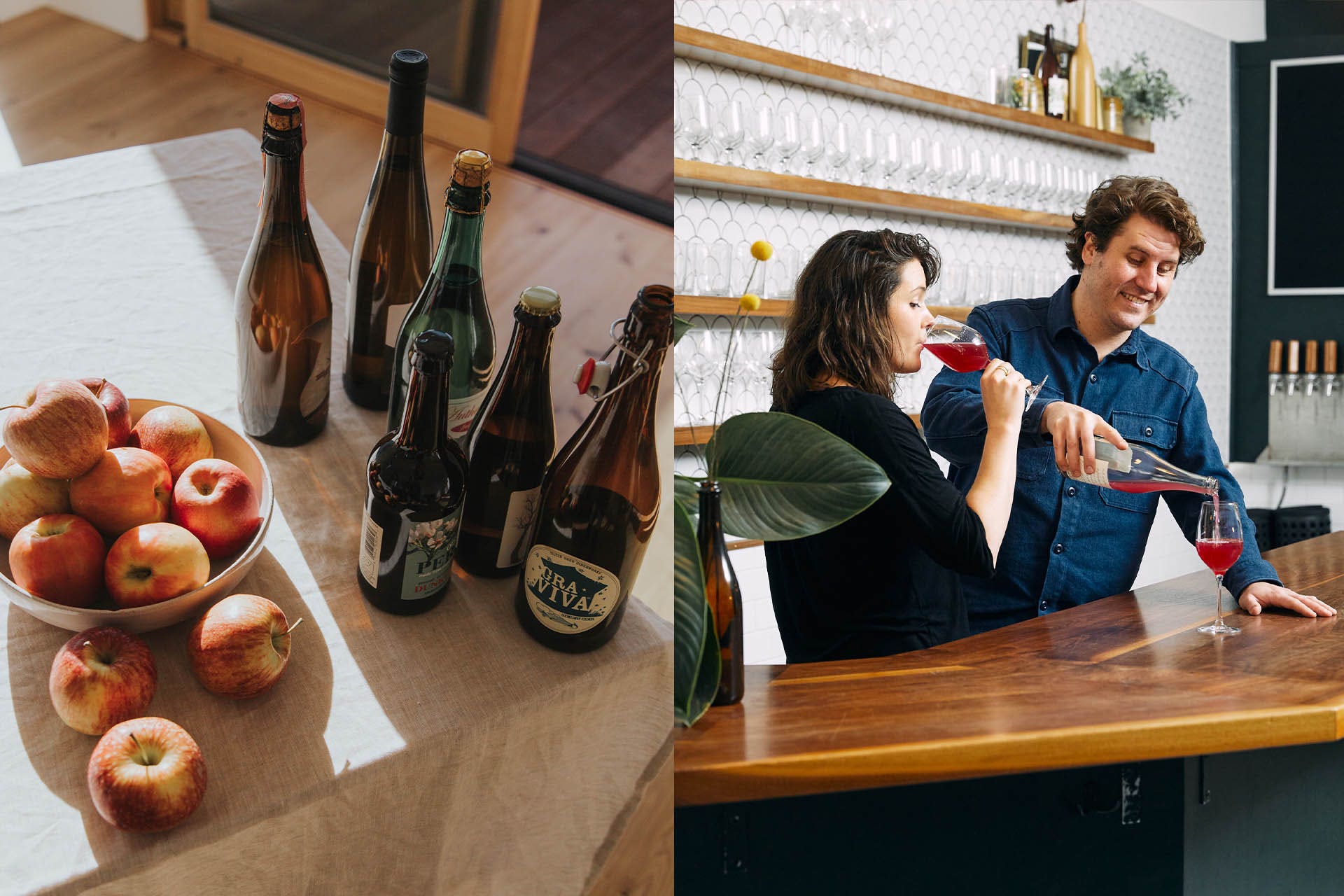 Other makers have opened their minds to different paths, as they dip their toes into the broader wine and spirits category. Brianne Day, winemaker and owner at Day Wines in Oregon, is trying to take advantage of the materials at her disposal. "I did end up with a lot of juice that couldn't be usable as wine, so I went ahead and got my distillation license and sent it out to get distilled into brandy," says Day. She and her assistant winemaker have been brainstorming ways to use their distillate. "I want to try making an Alpine Oregon amaro using berries and spruce tips, really Oregon focused." As the climate crisis continues to alter winemaking and the environment, apples, pears, blueberries and other fruit offer opportunities to expand both palates and the meaning of what exactly makes wine, well, wine. |
| You are subscribed to email updates from Wine Enthusiast. To stop receiving these emails, you may unsubscribe now. | Email delivery powered by Google |
| Google, 1600 Amphitheatre Parkway, Mountain View, CA 94043, United States | |


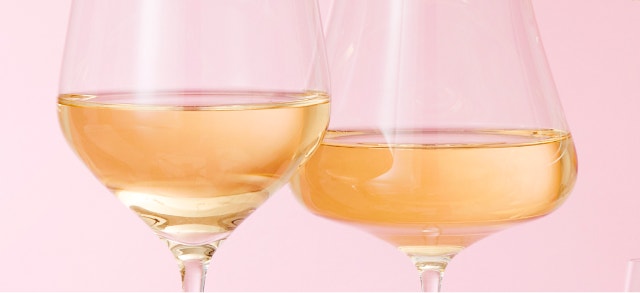














0 comments:
Post a Comment